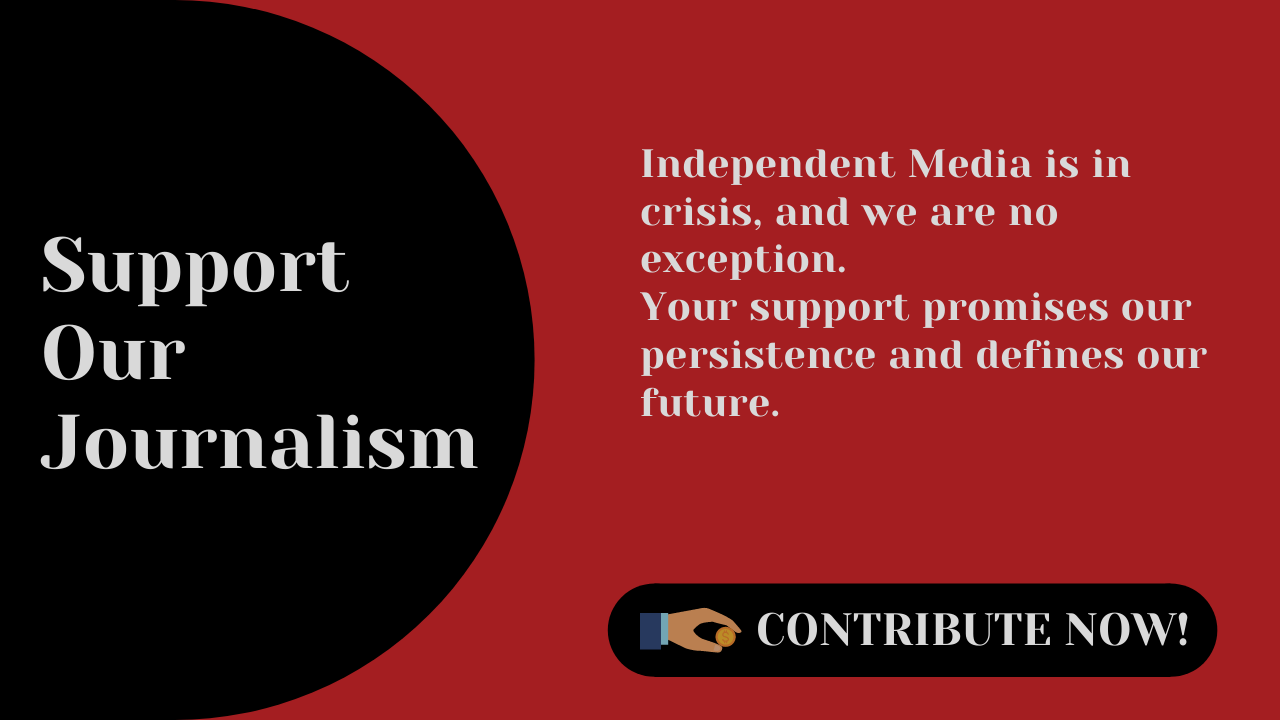Grammar of Grit

Huzaifa Pandit is a writer and poet from Srinagar. He…
Rather than delving into descriptions of landscapes or moments alien to us, resistance literature places itself squarely within the politics of the dispossessed.
Much as I share an aversion to classical English literature, as an inhabitant of one of the formerly suppressed spaces, it’s hard to avoid an evocative line or two from it.
In one of the telling dialogues of Dicken’s less popular novels, Hard Times, a character – Mrs Grandgrind is bestowed with a refrain: She will “never hear the end” of anything”.
In times as these, when Kashmir is reeling an unprecedented situation, not to mention the apocalyptic rise of the far-right globally and nationally, it seems apt to share the despair of Mrs Grandgrind: abandon hope and settle into an apathy.
Yet, to cede hope is to cede life and so one must resist the fog and doom of apathy. In the words of that chronicler of partition Nasir Kazmi:
Waqt acha bhi aayega ‘Nasir’
Gham na kar zindagi padi hai abhi
Support Our Journalism
You are reading this because you value quality and serious journalism.
But, serious journalism needs serious support. We need readers like you to support us and pay for making quality and independent journalism more vibrant.
The tide of time shall settle for better
Cease worrying, life is not yet over.
What does one do then if not worry? One must resist, the answer is straightforward. But how must one resist? The answers, suddenly, is not straightforward.
How must one particularly resist through art? The complexity increases manifold. For what does art achieve? It is neither manifestly visible as a protestor on the road nor it possesses the coercive power of, say, a gun. Art exists purely within the realm of semiotics – a symbolic system.
What role does that leave for art to make an impact? Why must artists strive and protest through art?
Bourdieu, a French sociologist provided a viable answer to the question by advancing the concept of cultural wealth. Wealth, he contended, must not be visualised only in the material form, but also in terms of forms of knowledge, skills, education, and advantages that a person has, which give them a higher status in society.
This is the domain that literature that resists, especially poetry, targets. It strives to accentuate and highlight the networks that wield such power— be it nationalism, caste, patriarchy, elitism, sexuality or any other marker of identity.
By accentuating these networks, the literature of resistance creates an archival memory that serves as an alternate history of people’s struggle against these forces. This naturally contrasts with the literature produced for the sake of pure pleasure – an offshoot of art for art’s sake.
Resistance Literature specifically rebels against this hedonism, and uses art as a tool of perpetuating struggle which lends it a permanence as every age finds its own contradictions and struggle for power.
Such literature, therefore, is an offshoot of post-colonial literature: literature produced by and in the former colonies, that accentuates the traumatic ramifications a colonised conscience. Such literature contradicts appreciation of art as universal owing to pure aesthetic resonance, an appreciation as it were for refined expression and appreciation of wordplay.
Such universality perpetuated the notion of art appreciated and read for the beauty of expression aka Shakespeare while excluding the larger question of political allegiance and ideological contours aside. This notion of aesthetic is constructed in a language and genres, usually the privilege of the elite who determine the contours of the cultural economy. It permits a glossing over of the problems and inconsistencies in art held as good, and thus perpetuates the biases of those in power.

Thus, Shakespeare is held as an ideal, conveniently overlooking his degrading portrayal of women, oriental populace, alternate sexualities and Caucasian imperialism. No wonder Aime Cesaire was prompted into writing a reverse Tempest to protest the centuries-long oblivion to Shakespeare’s endorsement of colonial occupation in the play.
Such conditioning into colonial ideals allows us to make such demeaning comparisons as considering Rasul Mir the Keats of Kashmir.
While it appears that Mir is being favourably compared, it conceals the privilege and superiority granted to Keats who is set as the benchmark against which the local poet is compared.
This ideation exposes the lasting effect of colonialism on our psyches and the power of the written word.
Resistance Literature demolishes any such ideation, and privileges the local and immediate in an idiom of the people. Rather than delving into descriptions of landscapes or moments alien to us, such literature places itself squarely within the politics of the dispossessed. It neither cares for tradition nor validation, rather it seeks to express the voice of the margins. To quote Faiz:
Apne afkaar ki, Ash’aar ki duniya hai yehi,
Jaan-e-mazmoon hai yehi, Shaahid-e-m’aana hai yehi,
Aaj tak surkh-o-siyaah sadiyon ke saaye ke tale,
Aadam-o-havva ki aulaad pe kya guzri hai?
Maut aur zeest ki rozaanah saf-aarai mein,
Hum pe kya guzregi, Ajdaad pe kya guzri hai?
This the whole length and breadth
Of my thoughts and poetry
This the soul of idiom, witness to meaning
Till this day, under the watchful eye
Of red days and black nights
What befell the offspring of Adam and Eve?
In the tussle, every day between life and death
What will befall us? What befell forefathers?
Does this mean, however, that art is the handmaiden of politics? Or does Resistance literature abandon any commitment to the aesthetic of art?
It certainly doesn’t!
It just calls into question the aesthetics of the ivory towers that believe poetry ought to be didactic or mystic (in case of Kashmir).
It merely inflects the narratives we cherish as artistic with the narratives historically excluded from the artistic realm.
It doesn’t call for demolishment of every tradition or abandonment of every hierarchy of refinement. Rather it aims at co-opting and appropriating the forms and narratives already in circulation to create an archive, a historicising exercise that resists any attempt to paint history with the broad brushes of privilege. It is a destabilising force, not an anarchic medium.
Consider for example Faraaz who uses the Nazm – traditional medium, to great effect and voice his opposition to censorship, a phenomenon Kashmir is particularly well versed with:
You impale every infidel heart
armed with spears of your doctrine.
Why wave daggers in our face?
Except love, we preach no doctrine.
Let songs flow through this city
Permit us to call home this city.
We feed fresh colour to flowers
We guard the sweet scent of flowers.
Whose blood do you intend to spill?
We preach love, nor goad to kill.
What will you enjoy of this city:
When words
get hunted into extinction?
When the lyre
is slain as an abomination.
When poems
migrate from persecution?
When melody
is executed by poison?
When a famine
Devours all conversation.
When nothing remains
Save ruins and destruction?
Who will you stone
then?
You will recoil
in horror
When the mirror serves
You
your own reflection.
Resistance literature, especially poetry can be a handy tool in the war against imperialism and neo-imperialism. The success and mushrooming of literary expressions in Kashmir across genres as creative journalism, novel, short story and poetry during recent years is testimony to the utility of literature in documenting conflict, and serve as an alternative to official narratives.
I will let Jaalib – for long considered the voice of silenced people have the final word:
Artists of this land
Rage, rage against the dying of the light.
Art ill suits the bed of Tyranny.
The posh palaces reek of our cold sweat-
The marbled domes supply their testimony:
They plotted every murder,
They hatched every conspiracy.
This doomed sorrow is our inheritance
Call it freshly minted, then?
Call darkness light? Call winter blast breeze? Call the mortal God?
It can’t be!
(This Essay appeared in the October 2020 print issue of the Mountain Ink.)
To help us strengthen the tradition of quality reading and writing, we need allies like YOU. Subscribe to us.
Mountain Ink is now on Telegram. Subscribe here.
Become Our Ally
To help us strengthen the tradition of quality reading and writing, we need allies like YOU. Subscribe to us.
Huzaifa Pandit is a writer and poet from Srinagar. He has produced his Ph.D. thesis on Resistance Literature, and is the author of the poetry collection Green is the Colour of Memory.











